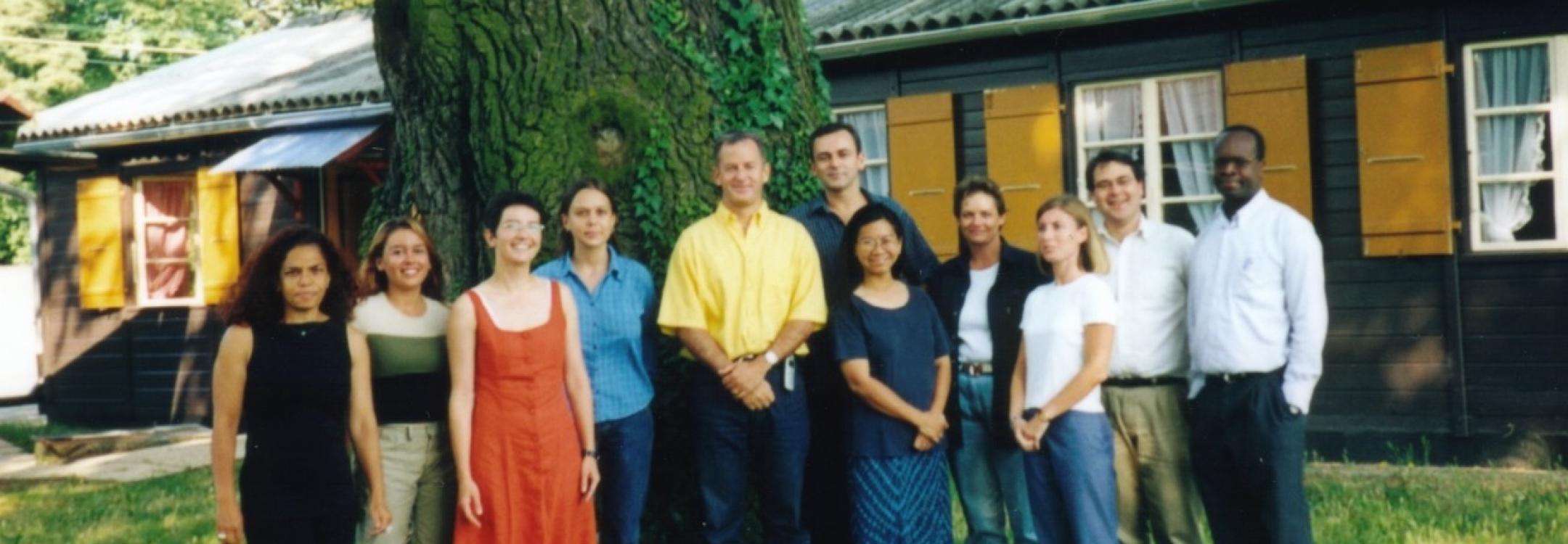A APT pode operar globalmente graças ao generoso apoio financeiro de seus doadores.


The history of the APT is a story of dedication and determination of remarkable individuals and organisations, working together, to prevent the atrocity of torture.
In the 1970s, the world was waking up to the fact that the use of torture was growing in all corners of the globe. There were few mechanisms in place to stop it.
Among the many individuals who rejected the use of torture was Jean-Jacques Gautier (1912-1986), founder of the APT. He believed that torture not only affected the victims, but it had a toxic effect on societies that tolerated it.
Gautier realised that torture is most likely to occur in secret, out of public view. He was convinced that one of the most effective ways to prevent torture was to put in place systems of regular, unannounced visits by external actors to all places of detention.
At the time, Gautier’s idea met with scepticism. Few believed that governments would ever agree to let outsiders into their prisons and detention centres. But he persisted. With the help of a few committed individuals, he gradually mobilised support for his initiative in Switzerland and internationally.
The Swiss Committee Against Torture (which later became the APT) was founded in 1977 to promote an international convention that would create a universal system of visits to places of detention. After initial success at the regional level, with the adoption of the European Convention for the Prevention of Torture in 1987, the organisation intensified its advocacy on the international stage.
After years of discussion, debate and drafting, the Optional Protocol to the Convention against Torture (OPCAT) was adopted by the UN General Assembly in 2002. It entered into force in 2006. Jean-Jacques Gautier’s idea had become a global reality.
Two decades on, there are more than 90 State parties to the OPCAT. Every day, in every region, independent oversight bodies enter places of detention, prevent torture and protect persons deprived of liberty. The APT supports them in this vital work and we continue to promote the importance of States ratifying and implementing the OPCAT.

Inscreva-se em nossa lista de e-mails para receber notícias e atualizações mensais sobre a prevenção da tortura.